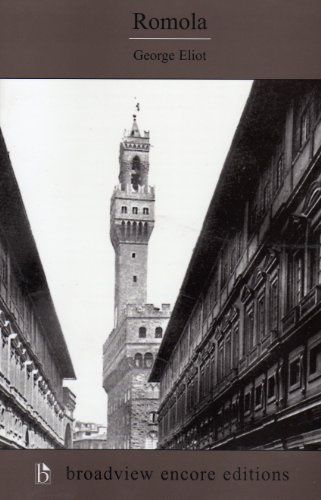

Most ebook files are in PDF format, so you can easily read them using various software such as Foxit Reader or directly on the Google Chrome browser.
Some ebook files are released by publishers in other formats such as .awz, .mobi, .epub, .fb2, etc. You may need to install specific software to read these formats on mobile/PC, such as Calibre.
Please read the tutorial at this link: https://ebookbell.com/faq
We offer FREE conversion to the popular formats you request; however, this may take some time. Therefore, right after payment, please email us, and we will try to provide the service as quickly as possible.
For some exceptional file formats or broken links (if any), please refrain from opening any disputes. Instead, email us first, and we will try to assist within a maximum of 6 hours.
EbookBell Team

4.0
16 reviewsThe most exotic of George Eliot’s works, Romola recounts the story of the famous religious leader Savonarola in Florence at the time of Machiavelli and the Medicis. Of all her novels, this was the author’s favourite.
No other Eliot novel was illustrated in its first edition. Romola, however, was sought by George Smith for serialization in the prestigious illustrated Cornhill Magazine. Smith commissioned illustrations for the novel from the rising young artist Frederick Leighton, who had studied in Florence in the 1840s and had frequently painted Florentine Renaissance subjects. Romola was serialised with the Leighton illustrations in the magazine from July 1862 to August 1863. It was first published in book form in 1863; the first edition was published by Smith, Elder in three volumes, and a one-volume edition in two-column format with all but one of the Leighton illustrations was published later that year by Harper & Brothers in the United States. This facsimile reprint is of the one-volume 1863 Harper & Brothers edition, and includes 8 pages of original advertisements from the back of the book.
This is one of a series from Broadview Press of facsimile reprint editions―editions that provide readers with a direct sense of these works as the Victorians themselves experienced them.